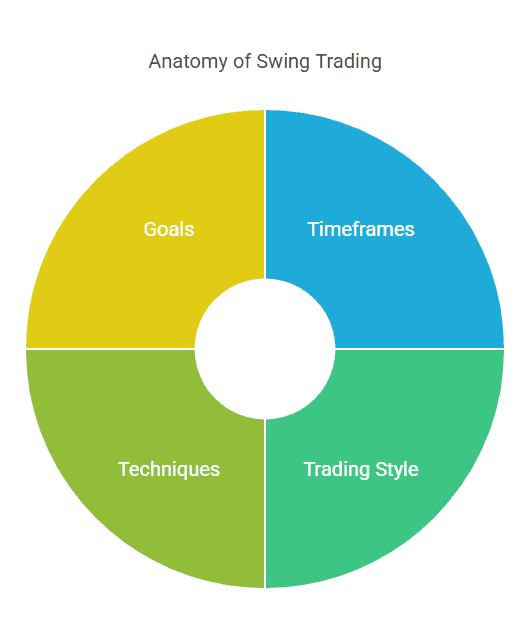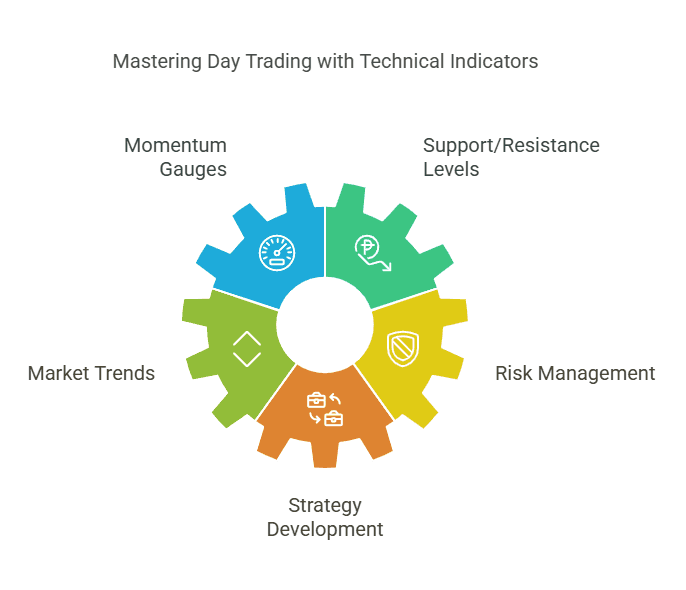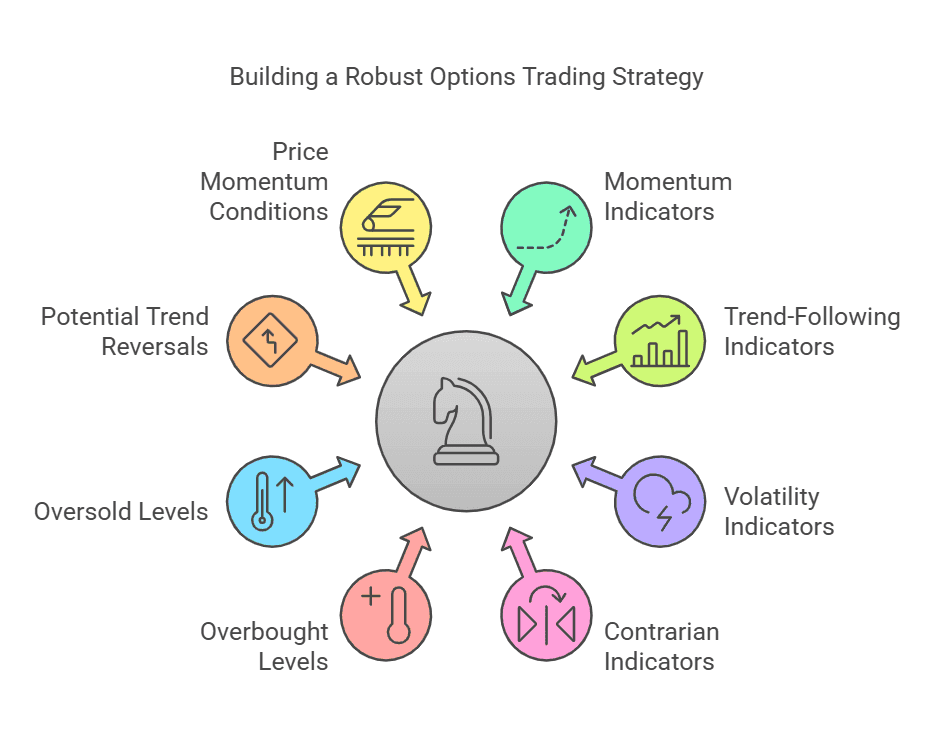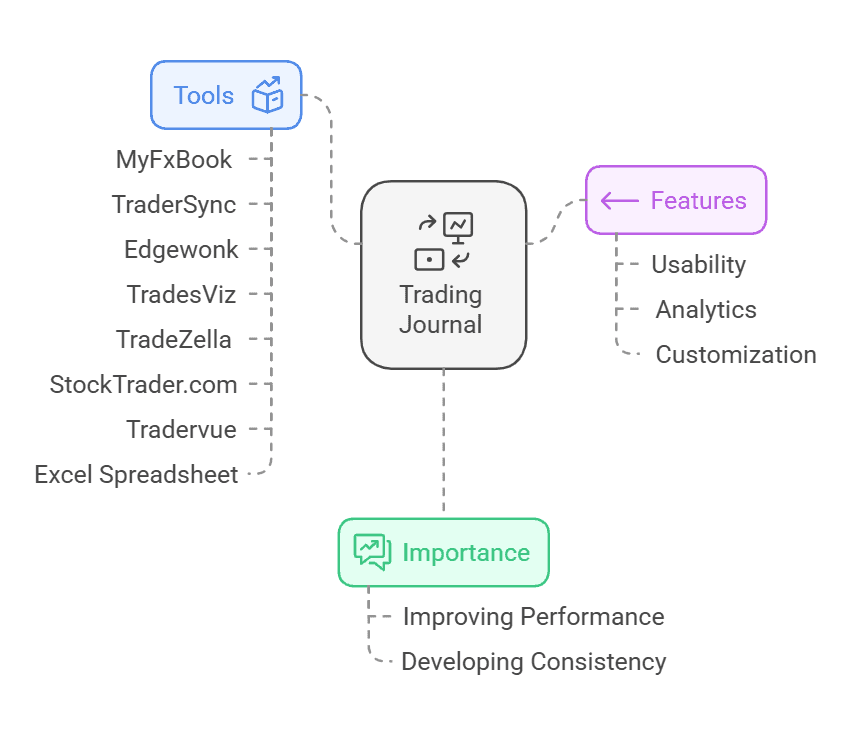Table of Content
AI Stock Investing: Step-by-Step Guide for Beginners
By Vincent NguyenUpdated 312 days ago

How to Start AI Stock investing
AI Stock investing is an emerging way for traders and investors to navigate the stock market with higher efficiency and data-driven precision. Whether you’re a brand-new investor or someone seeking more advanced strategies, understanding how to harness artificial intelligence (AI) can significantly impact your stock portfolio’s potential returns.
In this extensive guide, we’ll delve into every step you need to take as a beginner from the basics of AI to real-world backtest examples equipping you with practical insights and foundational knowledge. By the end, you’ll be better prepared to begin your own AI Stock investing journey, make data-backed decisions, and potentially reduce the emotional biases that often hamper trading success.
What Is AI Stock investing?
AI Stock investing leverages machine learning, data analytics, and algorithmic tools to forecast and trade stocks. Traditional investing typically relies on human intuition, economic indicators, or fundamental and technical analysis performed manually. In contrast, AI can digest massive data sets such as historical price data, earnings reports, social sentiment, and economic news much faster than a human can. The technology then identifies patterns and trends that may not be immediately apparent.
Here are some fundamental AI techniques often used in AI Stock investing:
- Machine Learning: Algorithms learn from historical data to predict future price movements or risk levels.
- Neural Networks: Modeled after the human brain, these networks excel at recognizing complex patterns in large, unstructured data sets.
- Algorithmic Trading: Automated systems execute buy and sell orders based on predefined parameters, minimizing emotional decision-making.
The benefit of these methods is that they can continuously improve as they accumulate more data. Over time, well-trained AI models can adapt to changing market conditions more quickly than a manual approach might.
Why It’s Gaining Popularity
The prominence of AI in investing stems from several factors, transforming how both individual and institutional investors manage portfolios:
- Data Abundance: Financial data is now more accessible than ever. From real-time stock quotes to global economic metrics, AI thrives on big data and can process it at lightning speed.
- Automation: Time is a valuable commodity. By automating research and trade execution, investors free themselves from hours of chart-watching, enabling them to focus on strategy or other ventures.
- Emotion-Free Trading: Humans are prone to fear, greed, and other biases—especially in volatile market conditions. AI can execute trades purely on data-driven logic, potentially reducing the emotional pitfalls many traders face.
- Continuous Optimization: An AI model can be updated regularly with new data, “learning” from both successful and unsuccessful trades.
With tools becoming more user-friendly and hardware costs dropping, more individuals are starting to see AI’s potential as part of their investment toolkit, which makes AI Stock investing increasingly accessible.
Essential Tools and Technologies for AI Stock investing
Launching into AI Stock investing requires a blend of the right hardware, software, and data sources. While it might sound intimidating at first, you can start small and gradually scale up as you gain confidence.
Hardware Requirements
- A reliable computer with adequate processing power. Laptops can suffice for beginner strategies, but you may eventually need a desktop with higher CPU/GPU capacity for training complex models.
- Strong internet: Real-time data feeds can be bandwidth-intensive. A stable internet connection helps ensure speedy trade execution and data retrieval.
Software and Platforms
- AI-based Trading Platforms: These platforms ranging from web-based interfaces to more advanced ones often come with built-in AI or machine-learning capabilities. Examples include dedicated AI brokerages or specialized algorithmic-trading platforms.
- Data Providers: High-quality, real-time data is essential. Look for providers that offer stock price data, historical price records, fundamentals, and sentiment indicators.
- APIs for Integration: If you’re coding, you’ll likely use APIs to pull data into your AI models. Examples include REST APIs or specialized brokerage APIs.
- Python Libraries: Tools like TensorFlow, PyTorch, or scikit-learn can drastically simplify AI model development for those interested in coding solutions.
- No-Code/Low-Code Options: If programming isn’t your strong suit, no-code solutions let you implement AI strategies without diving deep into complex coding.

Step-by-Step: How to Begin AI Stock investing
For those new to both investing and AI, the path can seem overwhelming. Below is a beginner-friendly, sequential approach to simplify your journey.
1. Set Financial Goals
- Clarify your investment objectives: Are you aiming for short-term gains, long-term growth, or a balanced approach?
- Assess your risk tolerance: Understanding your comfort with market fluctuations will guide how aggressive or conservative your AI models should be.
2. Research Brokers & Platforms
- Look for brokers that offer user-friendly dashboards, educational resources, and AI-assisted features.
- Compare fees, such as trading commissions or subscription costs for AI tools.
3. Open and Fund Your Account
- Provide the required personal information and complete your brokerage’s verification process.
- Transfer funds from your bank or link a payment method. Start with an amount you’re comfortable risking, particularly when you’re still learning.
4. Build Basic AI Models
- Begin with a straightforward strategy like predicting a stock’s price movement over the next day.
- Use publicly available datasets to train your AI model. Keep track of relevant parameters, like input features (price history, volume, moving averages) and output (predicted next-day price).
5. Paper Trade
- Practice trading using virtual money to see how your AI system performs in real-time market conditions.
- Analyze your virtual trades: Check your win/loss ratio, maximum drawdown, and areas for refinement.

Backtests Examples for AI Stock investing Strategies
Backtesting is the process of applying a trading strategy to historical data to see how it might have performed in the past. This is a key practice in AI Stock investing because it can help you refine your model before risking real money. Below are three distinct backtest examples to illustrate how AI can optimize different trading approaches.
Backtest #1: Momentum Trading with AI Stock investing
Momentum trading hinges on the principle that stocks that have performed well recently are likely to continue performing well in the near term (and vice versa for poor performers). AI can enhance momentum trading by analyzing:
- Recent price performance: Gains or losses over a specific timeframe (e.g., the past 30 days).
- Volume spikes: High trading volume often indicates strong market interest.
- Volatility measures: AI can adapt the strategy if volatility becomes extreme.
Data Range: For instance, you might test your AI model on data from the last five years of a tech stock index.
Performance Metrics:
- ROI (Return on Investment): Compare your strategy’s ROI to a benchmark like the S&P 500.
- Drawdown: Monitor the largest drop from a peak to a trough.
Results (Hypothetical Example):
- The AI-powered momentum strategy might have generated a 15% annualized return with a maximum drawdown of 10%.
- In comparison, a basic buy-and-hold approach returned 12% over the same period, with a drawdown of 13%.
This backtest suggests that AI-based momentum strategies can outperform passive investing, though results vary with market conditions.
Backtest #2: Mean Reversion with AI Stock investing
Mean reversion proposes that over time, a stock’s price tends to drift back to its historical average. While momentum traders bet on the continuation of trends, mean reversion traders bet on a reversal.
How AI Helps:
- Outlier Detection: Algorithms scan price movements to spot overbought or oversold scenarios.
- Adaptive Entry/Exit Points: The AI can set precision-driven thresholds for when the price deviates significantly from its average.
Data Range: You might apply this strategy to mid-cap stocks over a 10-year historical period.
Performance Metrics:
- Success Rate: Number of reversion trades that were profitable.
- Risk-Adjusted Returns: Metrics like the Sharpe ratio or Sortino ratio to understand risk in context.
Results (Hypothetical Example):
- The AI-based mean reversion strategy yielded a 8% annualized return.
- Sharp ratio was comparatively higher than a momentum strategy, indicating more stable returns but potentially lower overall gains.
This illustrates that while mean reversion may yield fewer dramatic returns, the drawdowns could be smaller, appealing to more risk-averse investors.
Backtest #3: Trend-Following with AI Stock investing
Trend-following is a strategy that attempts to profit by analyzing the market’s overall direction of uptrends or downtrends and making trades that align with it.
AI’s Role:
- Pattern Recognition: Neural networks identify subtle trend signals in large datasets.
- Dynamic Stop-Losses: The system can adjust stop-loss levels automatically as the trend evolves.
Data Range: You can test this approach on popular ETFs or even entire market indices over 5-10 years.
Performance Metrics:
- Win Rate: Percentage of total trades that closed with a profit.
- Average Gain Per Trade: Measures how much you earn on winning trades vs. how much you lose on losing trades.
Results (Hypothetical Example):
- The trend-following AI model might deliver a 20% annualized return in strongly trending markets but drop to 5% in more volatile, sideways markets.
- Adaptive algorithms that sense trend shifts early often see reduced losses during market reversals.
Taken together, these three backtest examples illustrate the diversity of AI Stock investing strategies. The “best” approach often depends on market conditions, your trading style, and the risk profile you’re comfortable with.

Risk Management in AI Stock investing
Even the most advanced AI cannot eliminate market risk. Proper risk management remains essential, particularly for beginners:
Relying on a Black Box
Many people download pre-built AI models and run them without understanding the core mechanics. This lack of insight can lead to unexpected (and unmanageable) trades.
Over-Optimization / Curve Fitting
Tuning a model too closely to historical data often results in poor performance on new data. It might look great in a backtest but fail in real-time trading.
Ignoring Market Fundamentals
While AI can crunch technical data, it’s wise to keep an eye on macroeconomic factors, geopolitical events, and corporate earnings announcements that can influence markets.
Not Updating Your Model
Market conditions evolve. A strategy that works in a bull market may underperform in a bear or sideways market. Continuously feed new data to your AI model and fine-tune parameters regularly.
Avoiding these common mistakes can save you time, capital, and frustration, especially during the early stages of your AI Stock investing journey.
Advanced Tips for Scaling AI Stock investing
Once you’ve practiced with simpler models and paper trading, you may look to expand your scope. Here are some advanced avenues to explore:
Scaling Up Your Infrastructure
- Cloud Computing: Platforms like Amazon Web Services (AWS), Microsoft Azure, or Google Cloud offer pay-as-you-go GPU/CPU resources.
- Enhanced Data Feeds: Subscribe to real-time data streams with minimal latency, essential for high-frequency or intraday traders.
Continuous Learning Methods
- Reinforcement Learning: The AI “learns” by receiving rewards or penalties for specific actions, refining strategies over time.
- Ensemble Models: Combine multiple AI models each focusing on a different aspect of the market to balance out weaknesses and amplify strengths.
Automation Best Practices
- 24/7 Monitoring: Market conditions can shift overnight or during off-hours in global exchanges. Automated bots can keep you informed or adjust trades.
- Alerts and Notifications: Implement systems that send push notifications when trades execute or when significant changes occur in market indicators.
- Advanced Risk Metrics: Large portfolios may require risk metrics like Value at Risk (VaR) or Expected Shortfall to quantify potential losses in extreme scenarios.
Expanding in these areas can turn a basic trading setup into a robust, professional-grade AI Stock investing enterprise.

Conclusion
AI Stock investing holds immense potential for those willing to explore the power of machine learning and algorithmic decision-making in the financial markets. This guide has walked you through fundamental concepts defining AI approaches, illustrating three backtesting strategies, and emphasizing risk management and best practices.
As with any investment avenue, continuous learning, adaptation to evolving market conditions, and prudent risk management are key to success. Start small, refine your AI models through paper trading and thorough backtesting, and let the data guide your decisions.
By embracing these strategies, you’ll be on a solid path to growing your skill set and your portfolio through AI Stock investing.
Ready to take your AI Stock investing to the next level?
TradeSearcher lets you instantly backtest over 100,000 TradingView strategies and find data-driven insights tailored to your needs. Register for free today and start optimizing your trades with AI! Explore TradeSearcher



